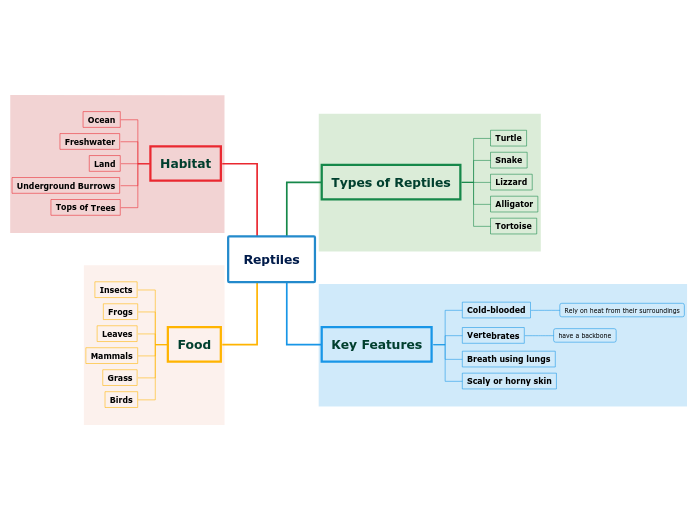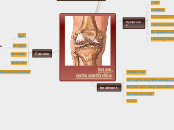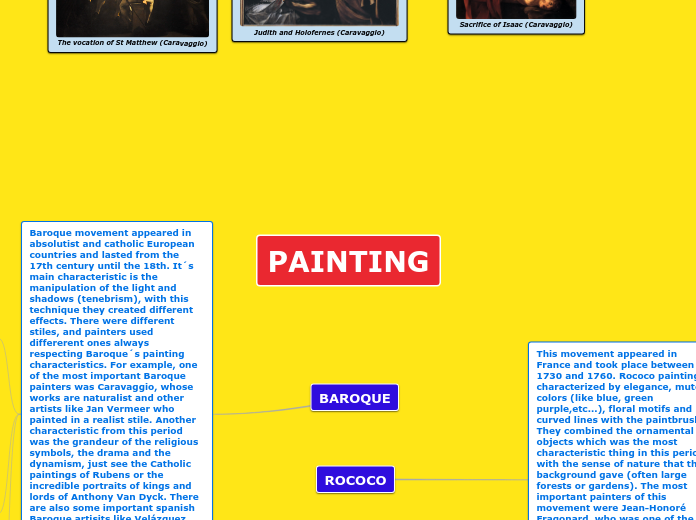Classifying and Managing Sports Injuries
Assessment of Injury
TOTAPS
*TALK (find out what happened, how it occurred and what they are feeling- symptoms)
* OBSERVE (look for obvious signs of injury- swelling, discolouration, deformity, etc)
* TOUCH (gentally feel around the injury and try to pnpoint the area of pain)
* ACTIVE MOVEMENT (ask the player to perform a range of movements specif to the required sport/activity)
* PASSIVE MOVEMENT (the assessor manipulates the injured site to detect pain and instability)
* SKILLS TEST (the player is required to perform a particular skill that is essential to their gameplay- e.g. an agility test of speed combined with sideways movement for a soccer player).
Indirect Injuries
Indirrect injuries are caused by intrinsic force (those within the body). An example is a torn hamstring in a sprinter as the result of over-stretching (stride length).
Direct Injuries
Direct injuries are caused by an external force applied to the body. An example may be a punch in boxing knocking out an opponent.
Overuse Injuries
Hard tissue injuries
Dislocation
Fractures
Soft tissue injuries
RICER
Infammatory response
Skin abrasions, lacerations and blisters
Tears, sprains and contusions









